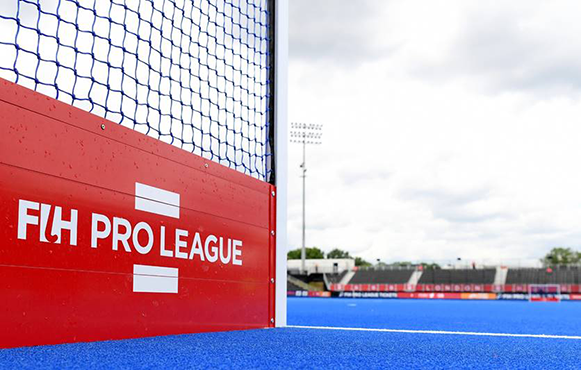Hockey equipment gets stamp of FIH approval

The FIH Quality Programme is expanding its reach beyond hockey turfs and fields to include quality standards for a range of field equipment. This is a natural progression for a sport that aspires to high levels of professionalism across all levels of the game. FIH Approved will provide the quality stamp necessary for those who […]